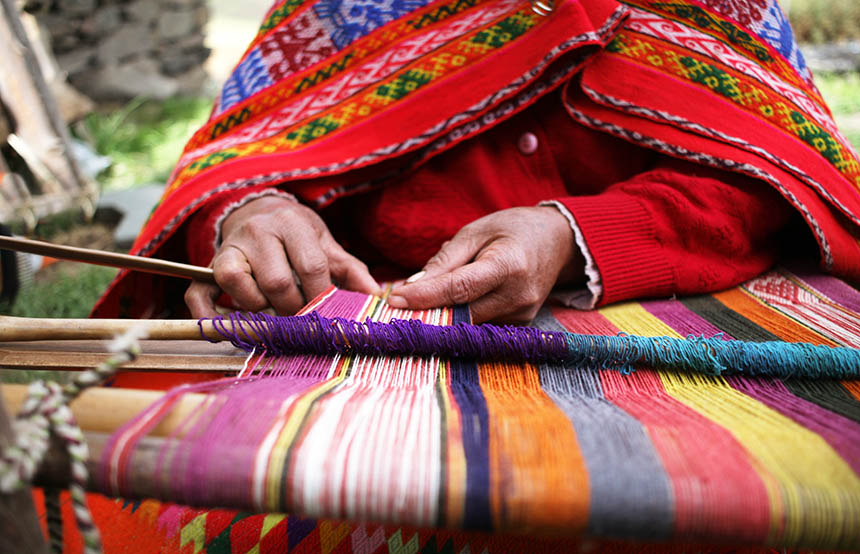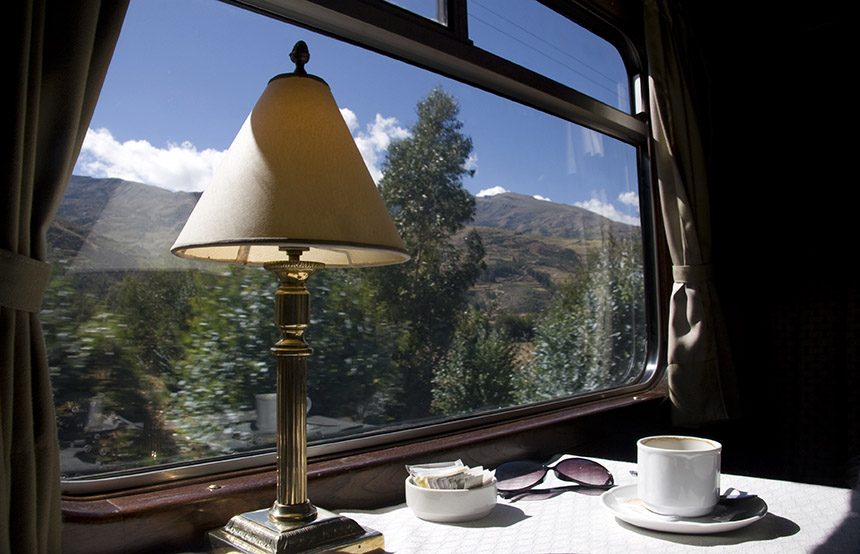Machu Picchu and The Lord of the Rings have something in common. They both became part of our collective consciousness long after their creation. In fact, it took US explorer Hiram Bingham over five centuries to uncover the awe-inspiring lost Inca city. Yet, while you sadly can’t visit the real Mordor (just don’t tell the New Zealand tourist board), you can visit Machu Picchu. Shrouded by a mystical fog and surrounded by lush fertile valley, often peppered with gravity-defying llamas, this new wonder of the world is the stuff of legends. However, deciding when the best time to visit Machu Picchu is can be a bit of a head scratcher, especially now the site has become such a victim of its own popularity (so much so, it has been identified by UNESCO as an endangered site). Thanks to our South America experts though, you can rest easy knowing that whatever time you do go, the overview effect you’ll experience won’t be any less hard hitting.
Summer
There’s no easy way to say it – Machu Picchu in summer is terribly touristy. But for good reason. With warm days and balmy evenings, it is considered the best time to visit Machu Picchu, trek the Inca trail and snap the all-important gazing-out-towards-the-Andean-mountains shot for Instagram (let’s not pretend we don’t want at least one). An antidote to the cumbersome crowds, however, is the Festival of the Sun (Inti Raymi). Drawing in Peruvians from far and wide to what was once the capital of the Inca Empire, Cusco, the Festival of the Sun is an epic celebration of the winter solstice. Also marked as an opportunity to give thanks to the Incan sun god Inti, it once required the sacrifice of over 200 llamas and lasted over nine days. Now, wrapped up in a singular day-long event on the 24th June – and involving just one llama – it is the perfect amalgamation of colourful traditional dress, lavish banquets, magic and mythology.

Autumn
Like the UK, autumn in Machu Picchu remains decidedly fickle. Nights become colder and the region’s infamous cloud begins to linger on the summit of Huayna Picchu. While attempts to reach the summit of the 1,180ft-high peak above Machu Picchu should probably be left to the spring and summer months (just make sure to bag your spot – they only let 400 visitors up daily), if you’re picturing setting your sights on the Inca site in all its dramatic glory, September and October promise not to disappoint.

Winter
Most travel companies will steer you away from travelling to Machu Picchu in the winter. The site’s rainfall is at its highest, the temperature is at its lowest (well – if you consider 24°C low) and the Inca Trail is shut (only in February though). But, as the saying goes, every cloud has a silver lining, and from November to March, you’ll be rewarded with a wonderfully authentic trip. While hiking should be left strictly to the professionals (although we do recommend the Salkantay, Lares and Vilcabamba trails for those who consider themselves intrepid trekkers during these months), winter is by far the best time to visit Machu Picchu if you envisioned your bucket list trip free of snap-happy backpackers and snaking queues. And better yet, with the option of hiking removed for you, you’ll be able to indulge in the luxury of the Hiram Bingham Belmond train (which runs from Cusco to Machu Picchu) completely guilt-free. Big on Pisco sours and the infectious beat of Peruvian cajóns, it’s an enchanting experience from the second you board until the moment you leave. Just make sure to save a smidge of your rapture for the citadel – it deserves it.
Spring
Spring brings blue skies and the arrival of the dry season. And while we caution you from packing your parka away too prematurely – the weather does delight in keeping tourists on their toes – if it’s heat you’re after, it’s heat you’ll get – especially where hot springs are concerned. Just six miles away from Machu Picchu, in the small pueblo of Aguas Calientes, are thermal baths just waiting to reward you after your four-day trek. Believed to have been there since Inca times, they have, like Machu Picchu, sailed through the test of time and are a fool-proof method of relieving all aches and pains acquired on route. For a ‘Gratification’ trip like Peru, however, just one day at Machu Picchu doesn’t cut it. And with the town so close, it’s well worth extending your trip so you can continue to soak in the ingenuity, strength and energy of the Inca Emperor Pachacutec.
